A comprehensive analysis of Apple’s latest automotive interface system
Originally announced in 2022 and previewed at the 2024 Worldwide Developers Conference, CarPlay Ultra has officially launched in Spring 2025. The system fundamentally transforms the relationship between mobile devices and vehicle systems. Unlike the previous version that functioned primarily as a mirroring solution, CarPlay Ultra extends control to the instrument cluster, central display, and potentially additional screens throughout the vehicle.
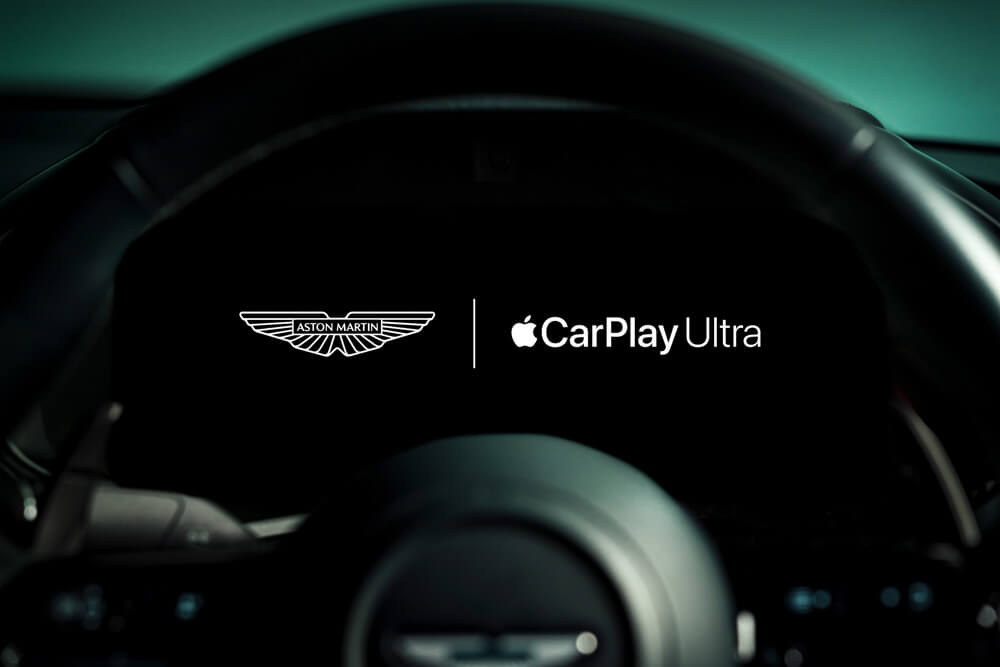
The technical architecture comprises three distinct interface components. Users experience the standard mirrored content from their iPhone, supplemented by a “local UI” that directly accesses and displays vehicle system data, and a “punch-through UI” that selectively incorporates elements of the vehicle’s native interface within the Apple framework. This multi-layered approach creates a comprehensive digital environment that prioritises both functionality and aesthetic consistency.
System functionality and user interface elements
The initial setup process for CarPlay Ultra requires wireless connection or cable connection with an iPhone. Subsequent vehicle entries activate the system automatically, establishing CarPlay Ultra as the default interface. The initial user experience includes an Aston Martin and CarPlay logo on the instrument cluster alongside a welcome message on the central screen, consistent with Apple’s standard device registration sequence.
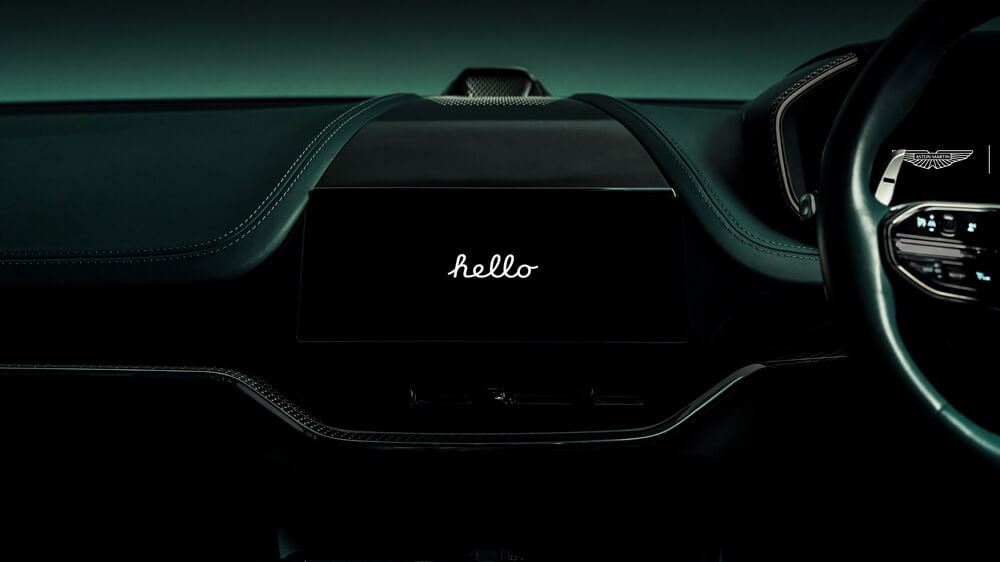
A significant advancement is the integration with the instrument cluster. The collaborative development between Apple and Aston Martin produced multiple display layouts accessible via the wheel-mounted controls. Options range from traditional racing green dual-gauge displays resembling analogue instruments to modern horizontal colour displays that reflect Apple’s design language. The central information panel within the cluster can be configured to display navigation, audio information, tyre pressure, or journey statistics.
The customisation options extend to colour scheme adjustments for instrument cluster layouts, though the structural layouts themselves remain fixed. Future over-the-air updates may potentially expand these options. This balance between customisation and consistency maintains interface predictability while allowing for personal preferences.
Integration capabilities and regional adaptations
CarPlay Ultra’s comprehensive integration approach eliminates the previous requirement to exit the CarPlay interface for vehicle-specific functions. Climate control settings, seat heating controls, and radio functions now operate within the unified interface designed with Apple’s characteristic simplicity.
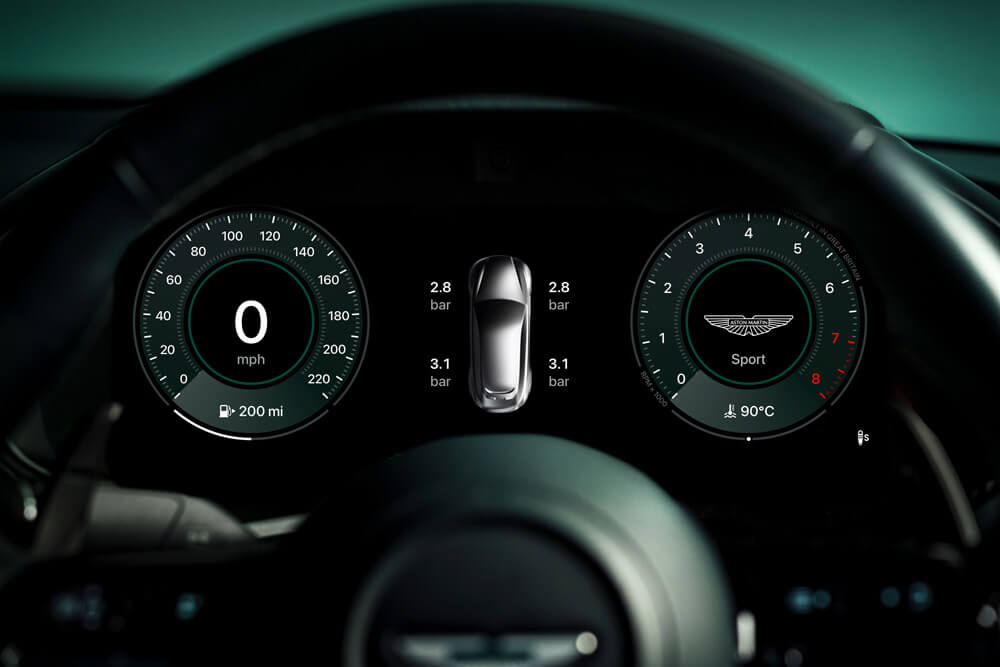
The system provides multiple control mechanisms: touchscreen interaction, physical vehicle controls where available, and voice commands via Apple’s Siri assistant, which integrates with the steering wheel voice command functionality. This multi-modal approach accommodates various user preferences and contexts.
The software demonstrates contextual awareness of regional preferences. During testing in California with a UK-registered iPhone, the system automatically adjusted temperature units from Fahrenheit to Celsius and implemented UK English spelling conventions. This attention to localisation enhances user comfort and reduces cognitive friction.
Market deployment and manufacturer implementation
Aston Martin has secured the position as the first manufacturer to implement CarPlay Ultra, with all new vehicles sold in the United States featuring the system pre-installed from 15 May 2025. Owners of recent Aston Martin vehicles equipped with compatible infotainment systems can receive the upgrade through authorised dealers. The global rollout will continue throughout the next 12 months.
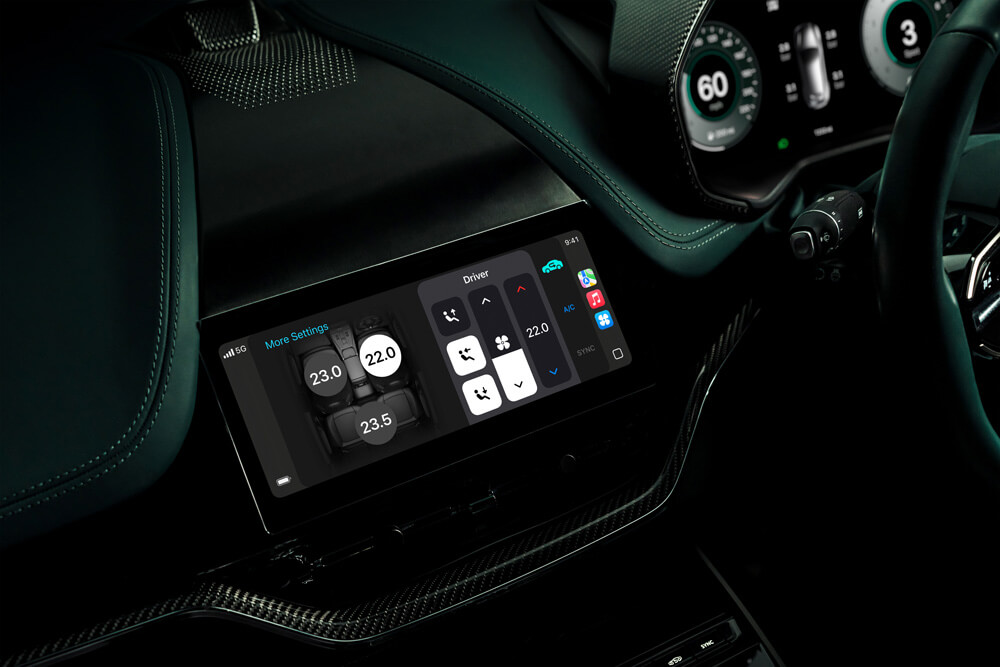
The manufacturer adoption list includes Ford, Volvo, Renault, Porsche, and Hyundai among others. Each manufacturer will collaborate with Apple to develop a unique implementation of the CarPlay Ultra framework tailored to their specific vehicle characteristics, screen configurations, and brand identity. The result will be distinct visual and functional experiences across different vehicle makes, while maintaining Apple’s consistent interaction patterns.
Industry response has been mixed, with some manufacturers expressing reservation about delegating control of their digital interfaces to a third party. Mercedes-Benz CEO Ola Källenius stated in 2024 that relinquishing control of the instrument cluster and passenger display was not aligned with their strategy, though the company remains on Apple’s confirmed partner list. Apple has evidently focused on providing sufficient customisation flexibility to address manufacturer concerns regarding brand identity and differentiation.
Technical requirements and performance assessment
The hardware and software requirements for CarPlay Ultra implementation include an iPhone 12 or later running iOS 18.4 or above, paired with a vehicle featuring a digital instrument cluster and compatible software. Unlike previous CarPlay versions, once configured, CarPlay Ultra operates exclusively via wireless connection.
After extensive testing, the system demonstrates significant advantages over its predecessor, particularly in eliminating the contextual transitions between CarPlay and native system interfaces. The unified approach results in a more consistent and efficient user experience with reduced cognitive load during operation.
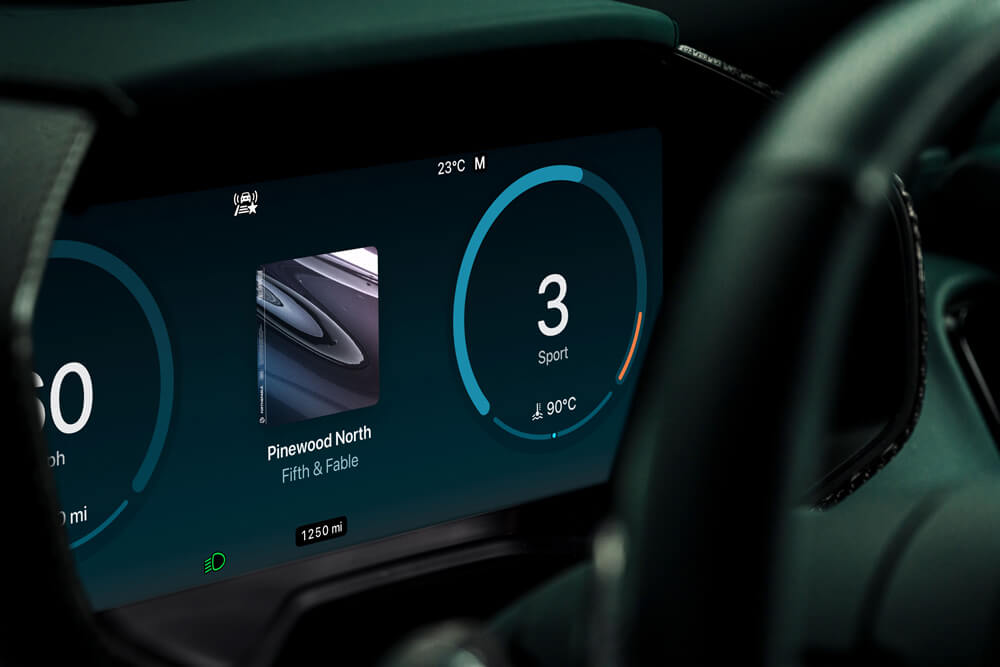
The implementation in the Aston Martin DBX 707, with its relatively conservative display configuration, provides insight into the system’s adaptability. Future implementations in vehicles with more extensive screen real estate will likely showcase additional capabilities and interface variations. The flexible architecture allows scaling across different display configurations while maintaining functional consistency.
Apple’s approach to automotive interface design demonstrates a focus on solving practical usability challenges in modern vehicles. While the company has not produced a complete vehicle, CarPlay Ultra represents a significant contribution to automotive user experience design. The system provides a standardised yet adaptable interface layer that potentially improves interaction efficiency and user satisfaction across multiple vehicle platforms.



